Total: 0Toman
Azarbaijan Museum of Nomads, Getting to Know One of the Most Influential Parts of Iranian Society
Azarbaijan Museum of Nomads displays a lifestyle that is completely compatible with nature and introduces visitors to one of the most influential parts of Iranian society
Tehran Time Museum: Visit the Museum, Garden, and Historic Mansion with a Single Ticket!
Admire the Most Beautiful Examples of Iranian Stucco Work in the Time Museum Building in Tehran!
Anthropology Museum of South of Sahand
The Anthropology Museum of South of Sahand, which was the first of its kind in the East Azarbaijan Province of Iran displays various aspects of the life of the people of the region in 12 sections.
Cartoon Museum of Tabriz
Cartoon Museum of Tabriz is the first and only cartoon and caricature museum in Iran and it is also one of the five official cartoon museums in the world.
Car Museum of Yazd
Historical and Handmade Cars Museum of Yazd is considered one of the most interesting and different sightseeing places in Yazd and is an interesting destination for car lovers in the city of windcatchers.
Cambrian Paleontology Museum
The first and only museum of paleontology of Iran, which was opened quite recently, as a specialized museum in the city of Yazd, by the private sector and the Directorate of Cultural Heritage of Yazd Province.
Vaziri Library of Yazd
The Vaziri Library of Yazd is one of the most famous libraries of Yazd, which has been established in the northern hall of the Jame’ Mosque of Yazd.
Natural Science Museum of Yazd
The Natural Science Museum of Yazd was established in 1988 AD by the Department of Education of the province and under the supervision of a science community inside an old school named Iranshahr.
Gilan’s Museum of Rural Heritage
Gilan’s Museum of Rural Heritage is considered the first eco-museum of Iran.
The Museum of Sacrifice and Martyrdom in Ardakan
The invasion of Iran by the Iraqi Baath army and the self-sacrifices made by the youths of Ardakan in defense of the motherland is the main subject of the Museum of Sacrifice and Martyrdom in Ardakan.
Private Collection of H. Aqaei
The private collection of different items by H. Aqaei of Osku, which is on display in the historical public bathhouse is one of a kind.
Tabriz Museum of Qur’an and Manuscripts
The Tabriz Museum of Qur’an and Manuscripts houses a number of exquisite copies of the Holy Qur’ans both printed and manuscripts.
Safavi Museum of Bonab
The courtyard and two floors of Saif al-Ulama’s historical mansion have been converted into the Safavi Museum of Bonab.
Khoda Afarin Archaeological Museums
Being rich in terms of water resources and farmable lands, Khoda Afarin has been a suitable place for human settlements since thousands of years ago.
Petroglyphs Museum of Maragheh; A Collection of Historical Tombstones
A valuable collection of historical petroglyphs and tombstones has been collected in the Petroglyphs Museum of Maragheh, which has been founded at the site of the Aqalar mausoleum.
Muharram Museum of Tabriz; A place to Learn about the Traditions of the People of Azarbaijan
Muharram is one of the most important manifestations of the culture of Iranians, and the Muharram Museum of Tabriz is a place where one can get interesting information about the traditions of the people of Azarbaijan in the month of Muharram.
The Iron Age Museum of Tabriz; A Journey through Human History
During an archeological excavation, 38 graves were found in Tabriz, which are now referred to as the “Iron Age Museum of Tabriz’.
Municipality Palace of Tabriz
Tabriz is known as the city of firsts or the city of pioneers, and the Municipality Palace of Tabriz was established to display parts of these firsts.
Tabriz Museum of Natural History; A Place to Get to Know the Nature of Northeast Iran
Visiting the Tabriz Museum of Natural History is a good way to get to know the wildlife and the nature of East Azarbaijan.
Shahriar’s House Museum
Located in the city of Tabriz, Shahriar’s House Museum exhibits certain objects belonging to this famous contemporary Iranian poet.
The Sanjesh Museum of Tabriz; A Place to See Interesting Human Instruments
Measurement and its related instruments have played a very important role in human life. Some of the most attractive measurement tools are displayed in the Sanjesh (Measurement) Museum of Tabriz
The Ilkhanate Museum of Maragheh; Manifesting the period when Maragheh was at its peak
The Ilkhanate period is an important part of the history of Maragheh and, therefore the Ilkhanate Museum of Maragheh has been established to display the works and objects left from that era.
Azarbaijan Museum; A Journey from Prehistory to The Contemporary World
Azarbaijan Museum should be considered as one of the most significant Iranian Museums, where objects from prehistoric to contemporary have been put on display.
Ahar Museum of Literature and Mysticism; A Manifestations of Iranian Culture
By displaying some literary and mystical works, the Ahar Museum of Literature and Mysticism has preserved some aspects of Iranian culture.
Constitution House of Tabriz
The Constitution House of Tabriz is considered one of the main leadership centers of Iran’s Constitutional Movement
The Story of the Ali Masyou House and Its Transformation into a Museum
The Ali Masyou House was once a gathering place for some of the most prominent figures of the Constitutional Revolution in Iran—a house that has now been transformed into a museum.
The Qajar Museum of Tabriz; Visiting Historical Objects in a Unique Historical House
The Qajar Museum of Tabriz is located in the house of Amir Nizam Garussi, which is one of the most beautiful historical houses in the city of Tabriz.
Meshkinfam Museum of Art; A Trip through History
Meshkinfam Museum of Art displays a collection of the works of contemporary artists in one of the historical houses of Shiraz.
Khatam Museum or Sa’adat House: Getting to Know a Genuine Iranian Art
Many experts consider Shiraz to be the birthplace of the beautiful art of Khatamkari (inlaying). The Khatam Museum of this city is the best venue for getting to know this genuine Iranian art.
Museums of Afif-Abad Garden in Shiraz
Afif-Abad Garden, originally the Gulshan Garden, is a historical garden and a museum complex in Shiraz, Iran, and represents certain characteristics of Iranian architecture of the Achaemenid, Sasanian, and Qajar eras.
Pars Museum of Shiraz; An Exhibition of 5000 Years of Iranian History
Pars Museum of Shiraz houses five thousand-year-old artifacts of Iran.
Darya-ye Noor Stone and Gem Museum of Shiraz
Located in the Eram Garden of Shiraz, this museum displays unique stones and gems.
Evaz Museum of Ethnology: a Showcase of Identity for the People in Southern Iran
By showcasing a slight part of the identity in Southern Iran, the museum exhibits different dimensions of life and culture in Evaz.
Vakil Bathhouse: a Gateway to Learn about Iranian Traditions
Vakil Bathhouse, which is now a museum, was built by the order of Karim Khan Zand in Shiraz and was completed in the late 18th century.
Fars Museum of Celebrities
The Fars Museum of Celebrities houses a collection of wax figures of the most famous personalities of the Fars region of Iran from the past to the present.
Zillu & Pottery Museum of Meybod
Zillu & Pottery Museum of Meybod displays some parts of the art and history of this ancient desert city of Iran.
Markar Zoroastrian Complex of Yazd
Visiting the Markar Zoroastrian Complex of Yazd, which is now a museum is the best option to learn about the life and customs of Iranian Zoroastrians.
Coin and Anthropology Museum of Yazd
Coin and Anthropology Museum of Yazd, which is also known as “Heydarzadeh Coin Museum”, exhibits coins from ancient times to modern times.
Museum of Light and Illumination
The Museum of Light and Ligh Illumination of Yazd where the main items on display are lighting equipment.
Abarkuh Museum of Anthropology
Abarkuh Museum of Anthropology or “Solat House” is an exhibition of some aspects of the life of the people of this city in the harsh and excruciating nature of the desert.
Sanandaj Museum: An Exhibition of Artifacts from Prehistoric Times to the Present
In the **Salar Saeed Mansion**, which is now known as the Sanandaj Museum, historical artifacts from prehistoric times to the contemporary era are on display.
Vahshi Bafqi’s House
The house of Vahshi Bafqi, one of the famous Persian-speaking poets, is now an anthropological museum.
Sa’dabad Complex
Sa’dabad Palace, which was the residence and office of the kings of Iran before the Islamic Revolution, is now a Museum Palace consisting of 10 museums.
Assef Mansion (House of the Kurds): The Largest Ethnographic Museum of Iranian Ethnic Groups
The Assef Mansion, also known as the House of the Kurds, is one of the prominent historical landmarks of Sanandaj and is recognized as the Kurdish Ethnographic Museum, or “House of the Kurds.”
Carpet Museum of Iran
Since carpet is one of the most important cultural and artistic products of Iran, the Carpet Museum of Iran is considered one of the most important museums of this country.
Yazd Water Museum Keynote
Exhibiting various means of extracting and transporting water, Yazd Water Museum displays the human effort for survival.
Ferdows Garden (Cinema Museum of Iran)
Ferdows Garden (Bagh-e Ferdows or Cinema Museum of Iran) is a historical complex located in the district of Tajrish in the northern part of the city of Tehran (Tehran Province)
The Qajar Museum of Tabriz
The Qajar Museum of Tabriz was established in the year 2006 in the Amir Nezam House located in the Sheshghelan district of the city of Tabriz after it was renovated.
International Dolls Museum
International Dolls Museum is a private museum which has been launched in Tehran on Mehr 1393 S.H
Pars Museum
It is known as Shiraz Pavilion and the oldest museum in Fars province. Pars Museum or Nazar Garden is the homage of numerous valuable items and objects from different historical eras, from pre-Islamic to post-Islamic. Let’s take a closer look at this exciting museum.
Glassware and Ceramic Museum of Iran (Abgineh Museum)
Glassware and Ceramic Museum formerly known as Abgineh opened in 1980, the museum is housed in the 1915 mansion of a former prime minister in Reza Shah’s government, and from 1953—60 it functioned as the Egyptian Embassy, so the building itself has architectural merit.
Four-Season Museum
The Chahar Fasl (Four Season) museum is known as the largest bathhouse in Iran.
Carpet Museum
The Carpet Museum of Tehran was constructed in 1356 SH, Bahman 22, representing a collection of the most noble and invaluable hand woven carpets
The National Museum of Iran
In the collection of the National Museum of Iran, as the largest, most important and oldest museum in the country
National Museum of Holy Quran in Irans Tehran
Located in the northwest of the intersection of Imam Khoemini Street and Valiasr Street, National Museum of Holy Quran is the only specific museum of Iran dedicated to the Quranic arts.
Isfahan Contemporary Art Museum
Although the building was built in the Safavid dynasty, it is now the host of Isfahan Contemporary Museum of Art, where old borders of art are faded and new types of art are born. Let’ have a closer look at this museum.
Tehran Museum of Contemporary Art
The Tehran Museum of Contemporary Art is one of the most renowned museums in Iran.
Iran Carpet Museum
The National Carpet Museum of Iran opened on 11 February 1978 (22 Bahman 1356 in the Iranian calendar). This museum exhibits highly valuable carpets from across Iran, created by renowned Iranian artists. The purpose of establishing the museum is to conduct research on the history, techniques, and quality of Iranian carpet art and craftsmanship. The museum also includes other related products, such as kilims.
National Museum of Iran
The main entrance of the Museum of Ancient Iran was designed by the French architect André Godard in the Sassanid vault style, inspired particularly by the Taq Kasra (Arch of Ctesiphon). The National Museum of Iran, located in Tehran, houses a collection of historical and prehistoric artifacts from Iran. The museum consists of two separate buildings: the Museum of Ancient Iran, which features artifacts from the Paleolithic era.
Reza Abbasi Museum
The Reza Abbasi Museum is one of the richest and most significant museums in Iran. It was inaugurated on September 16, 1977, and named in honor of the renowned painter of the Safavid era, Reza Abbasi.
National Jewelry Museum
The unparalleled National Jewelry Treasury is a collection of some of the world’s most precious jewels, amassed over centuries. Each piece reflects a part of the tumultuous history of the great nation of Iran and showcases the artistic taste and creativity of its people. They evoke memories of the bitter and sweet moments of defeats and victories, as well as the pride, ostentation, and authoritative rule of past rulers.
Glass and Ceramics Museum
The Glass and Ceramics Museum of Iran is one of the museums in Tehran. The museum building is a historic Qajar-era house located on Si Tir Street in Tehran.
Museum of Ancient Iran
The Museum of Ancient Iran, the first museum in Iran, is located in the western part of Mashq Square on Si Tir Street in Tehran.


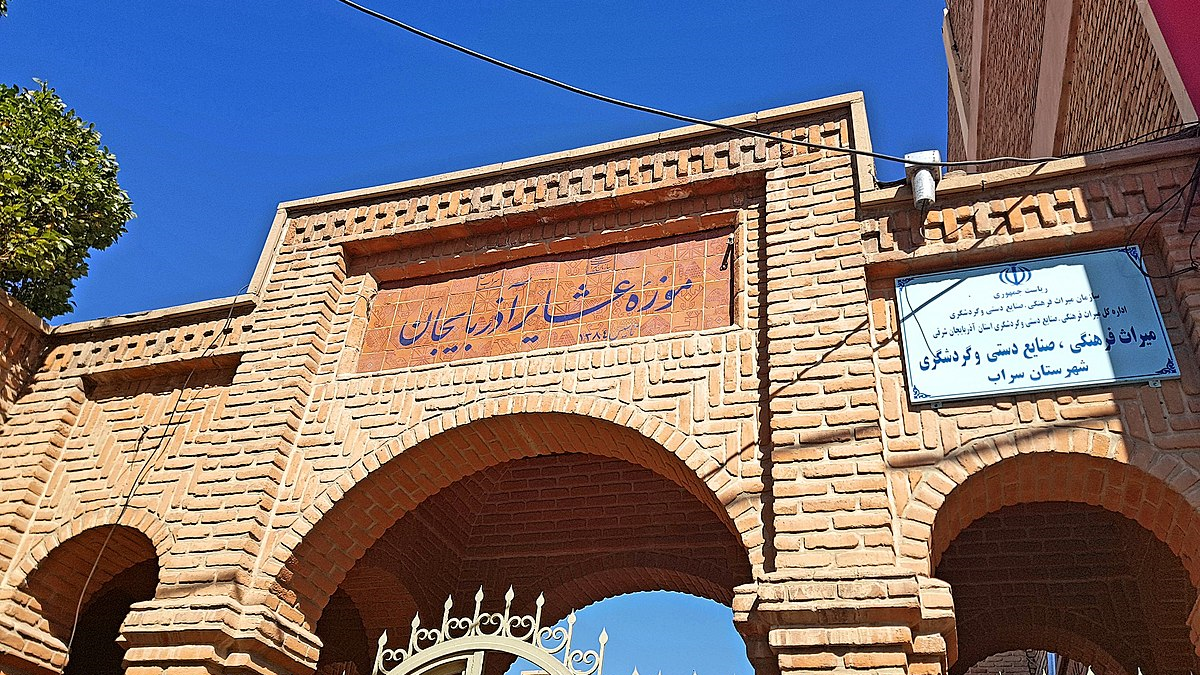
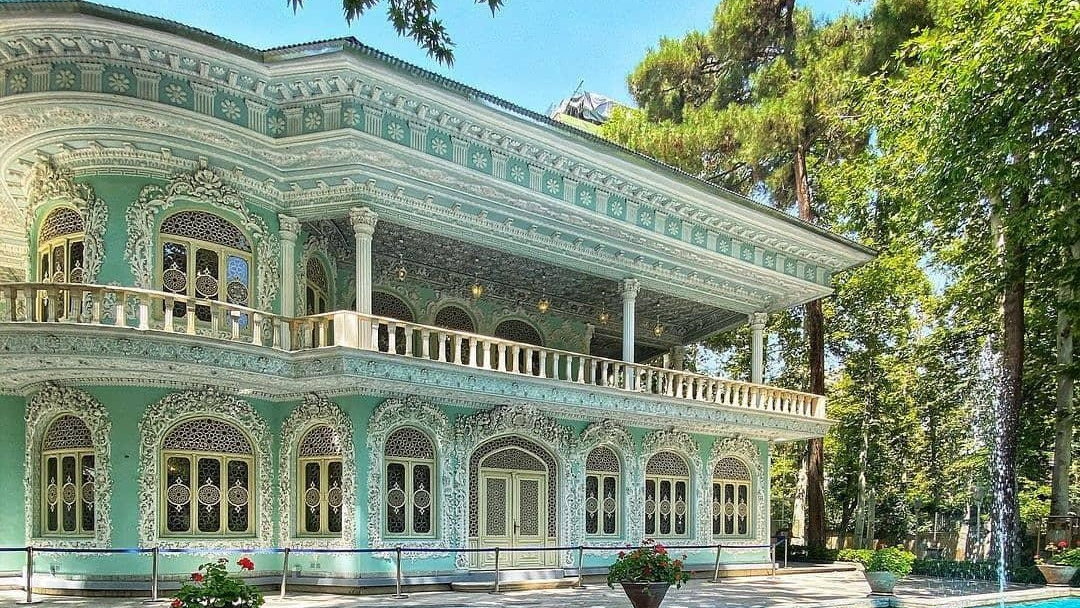
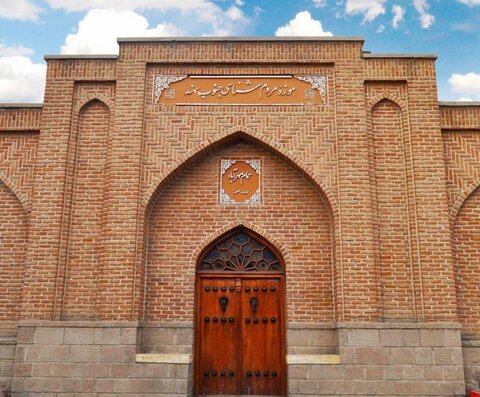
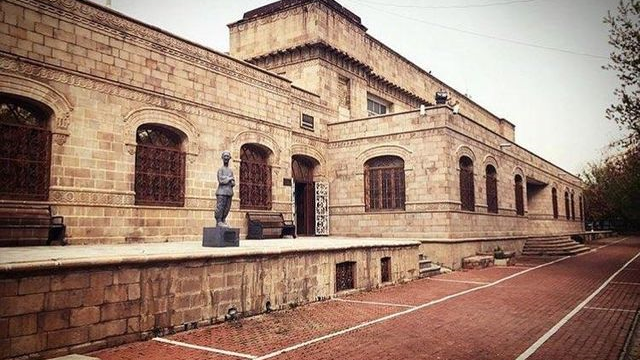
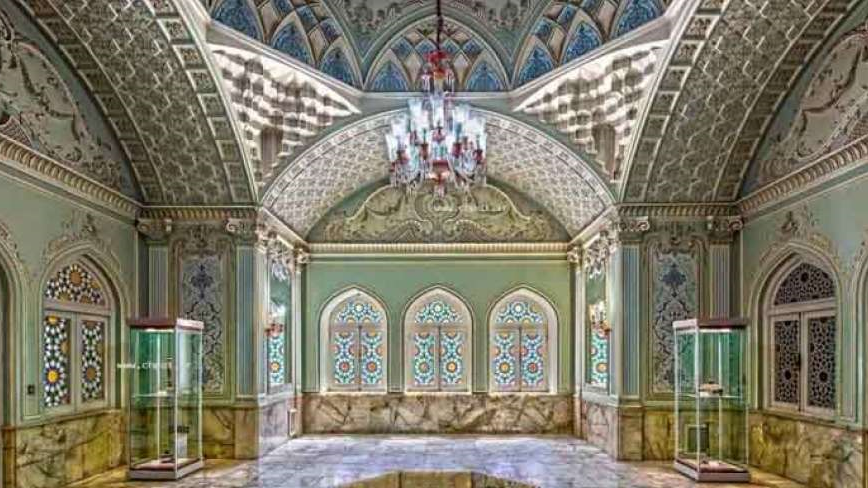
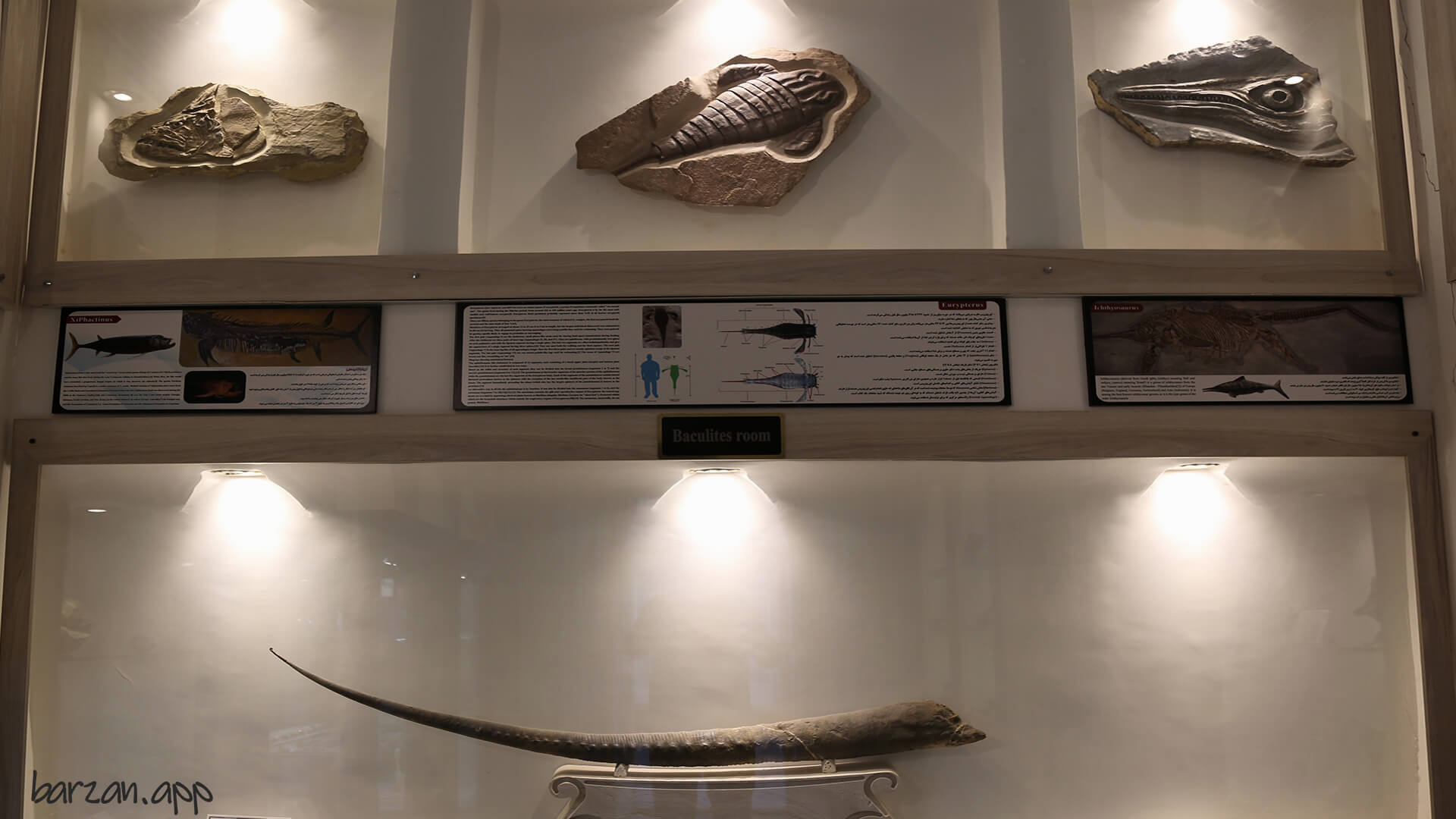
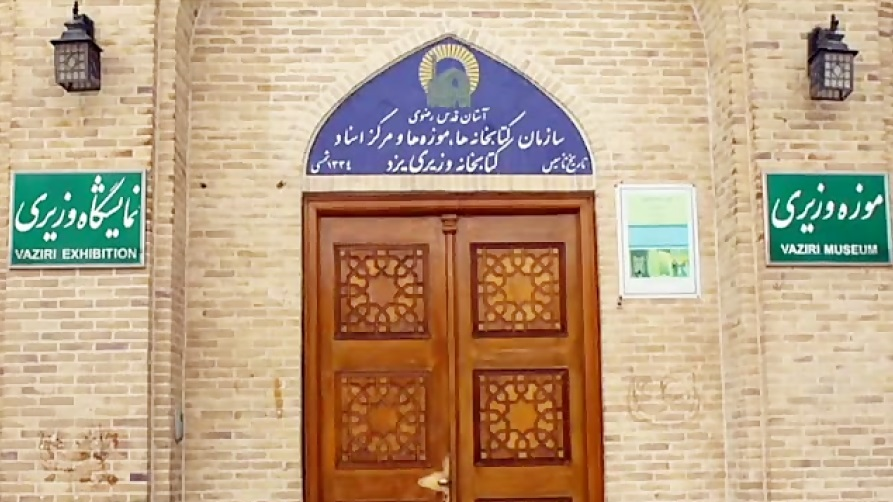
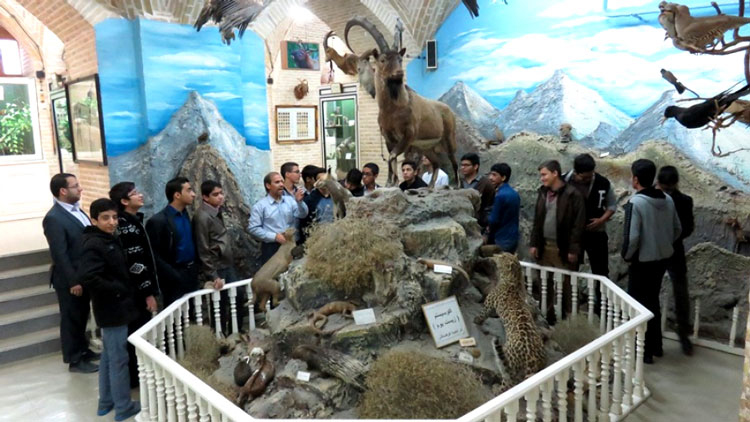
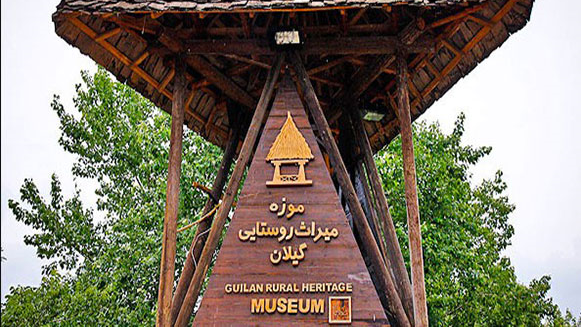
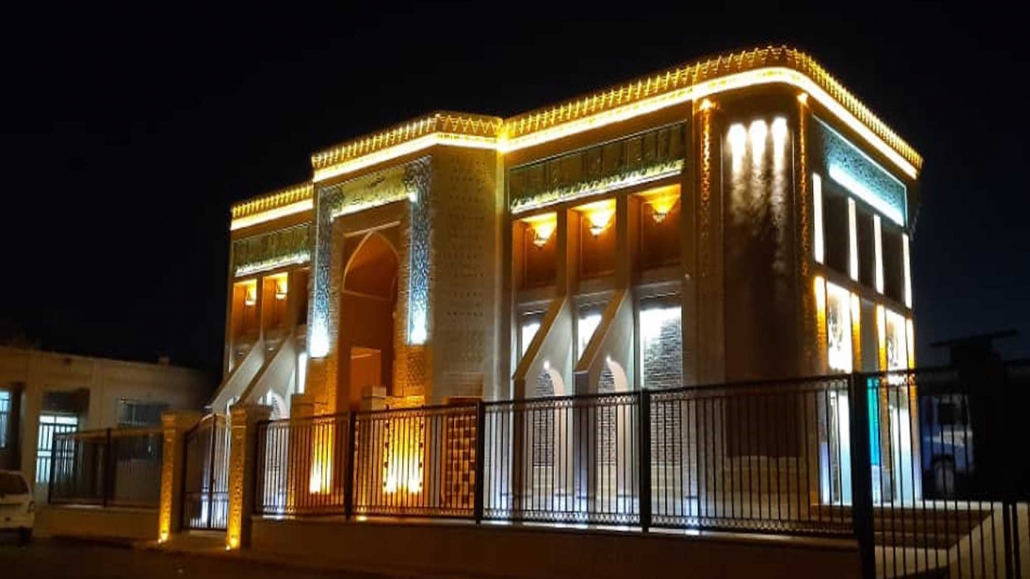
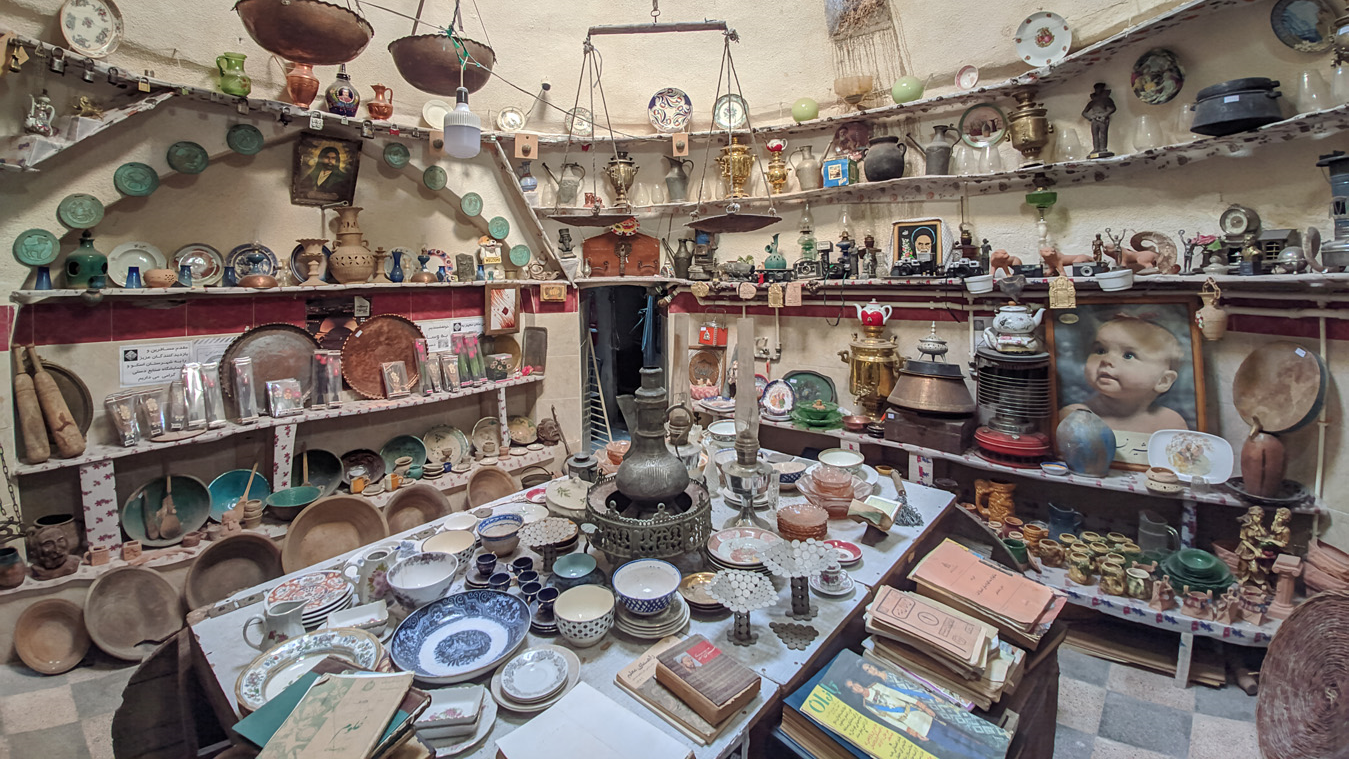
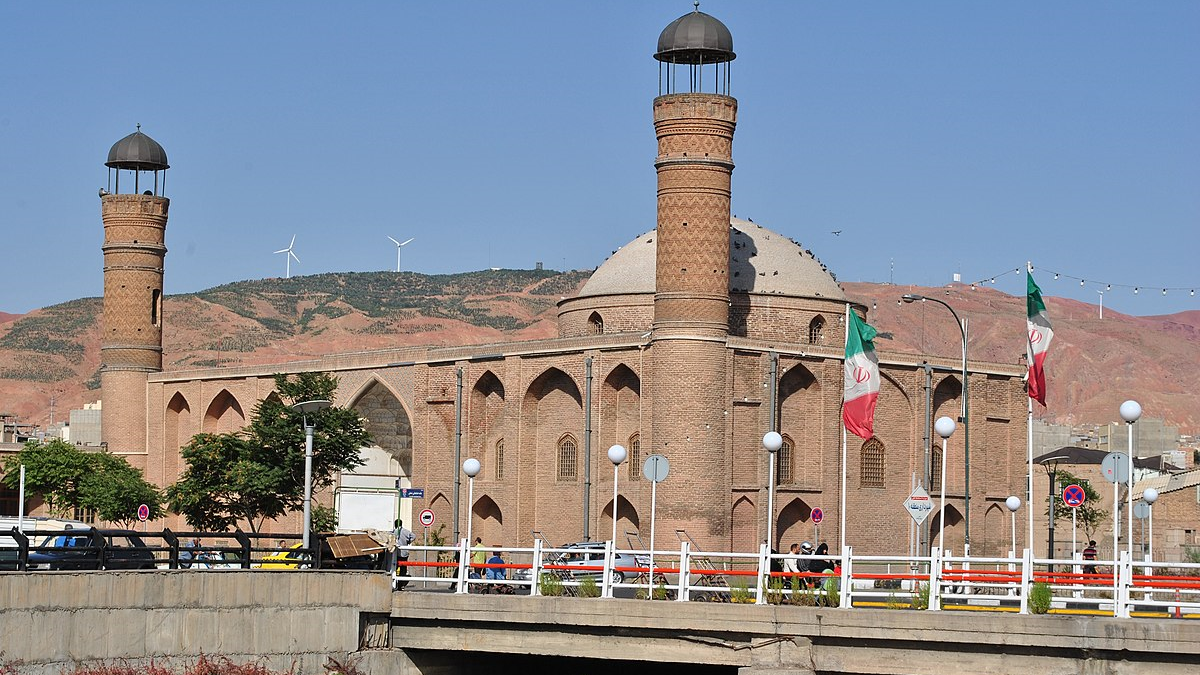
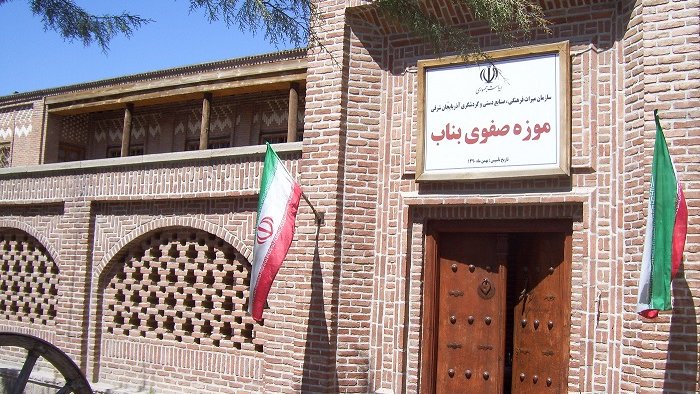
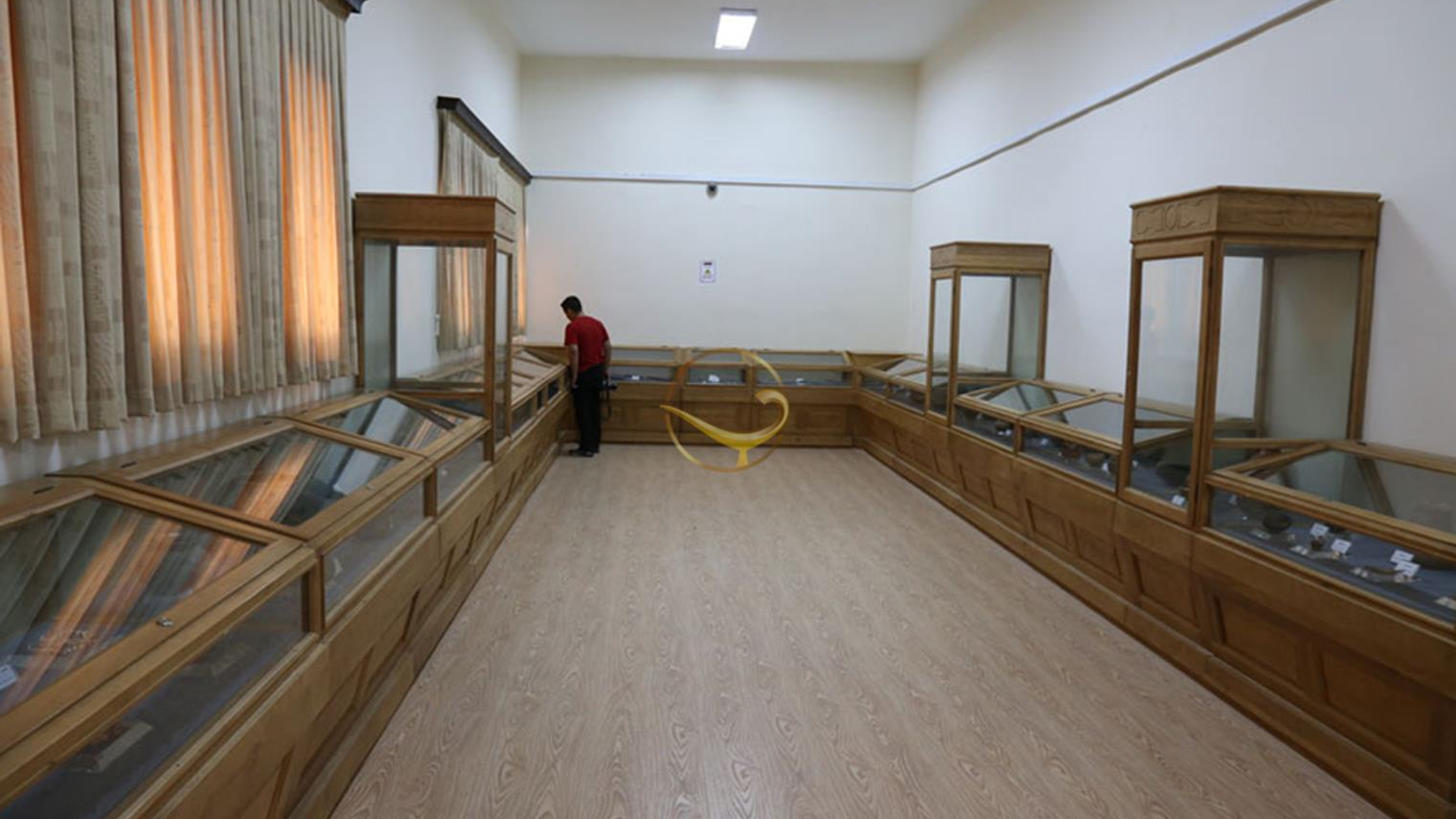


_crop_1.png)

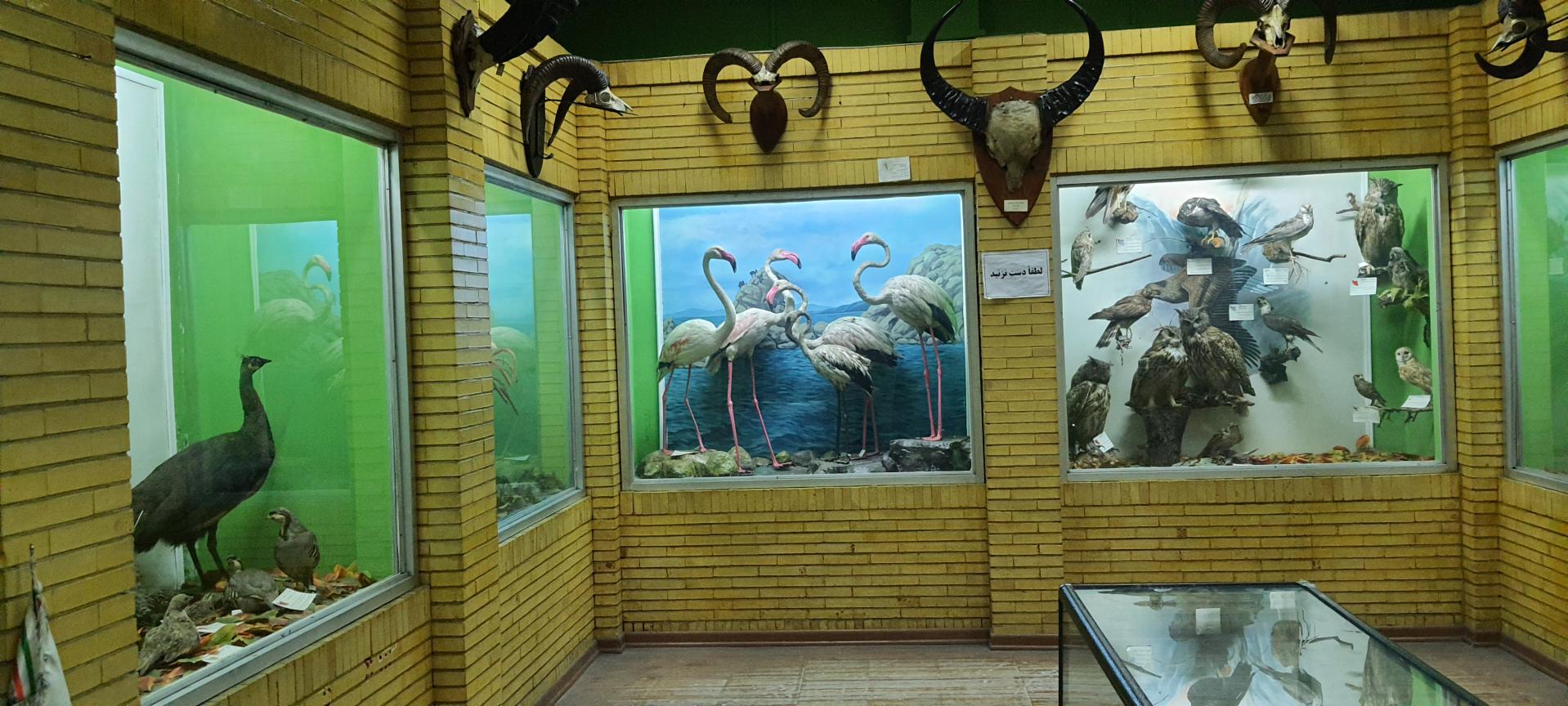



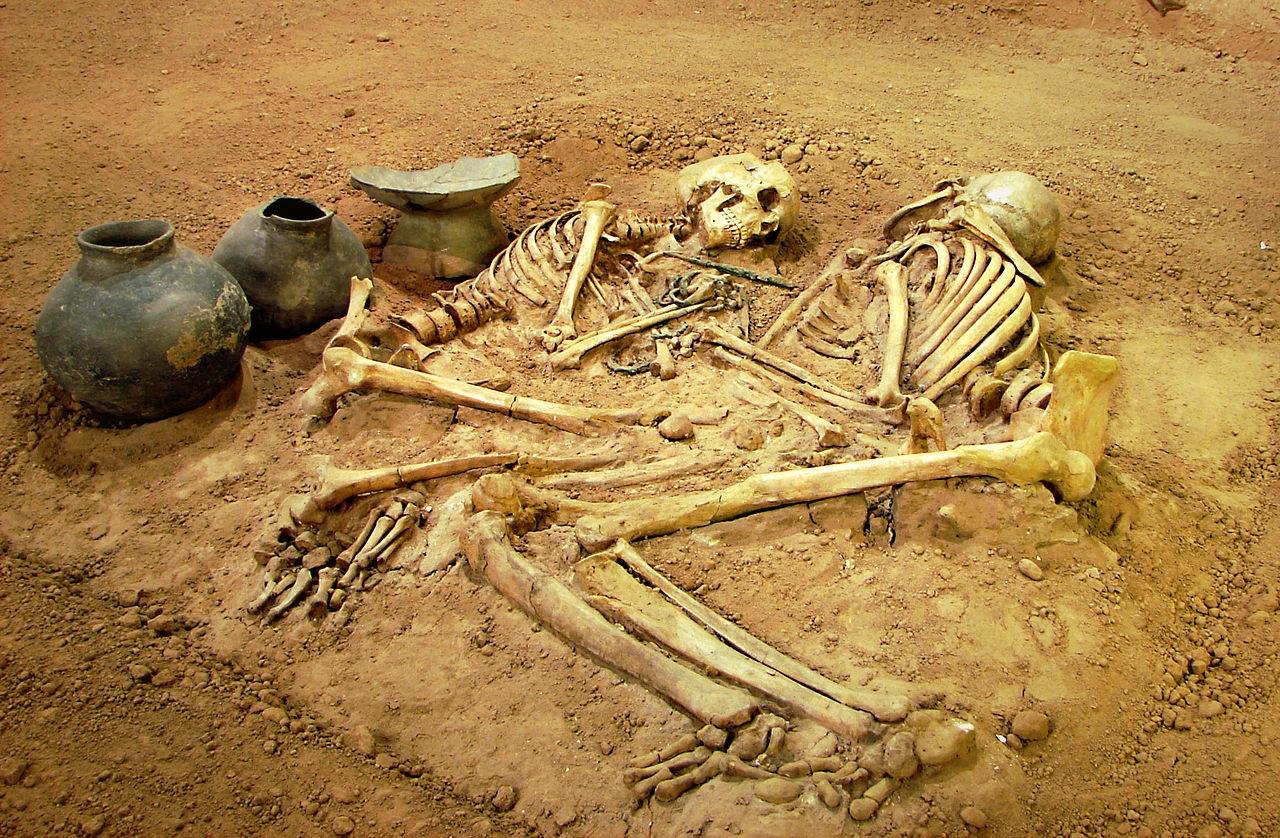


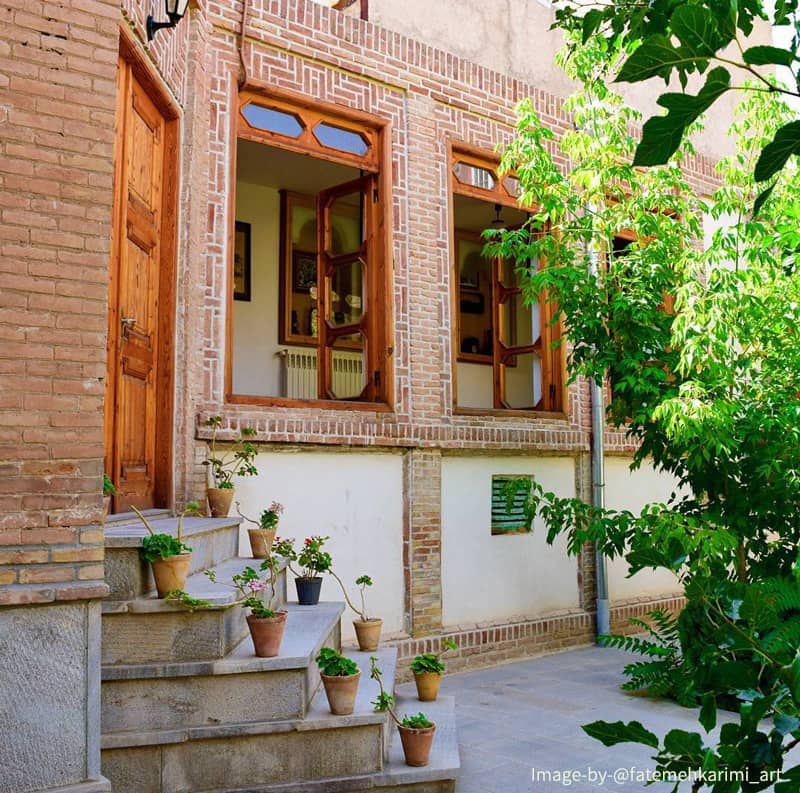








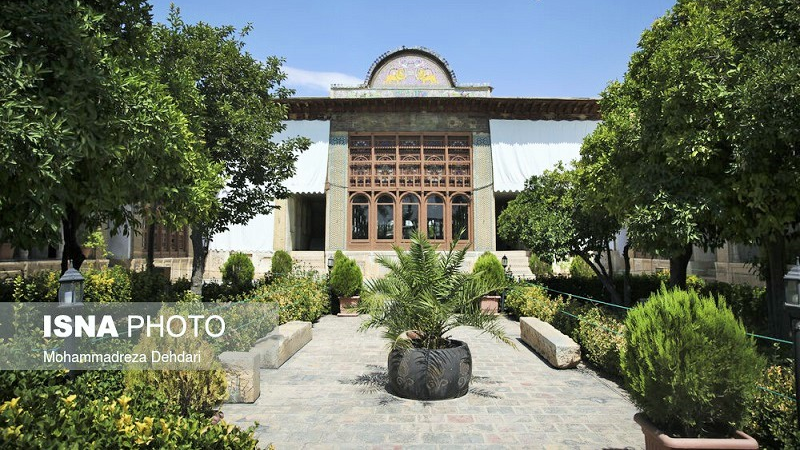
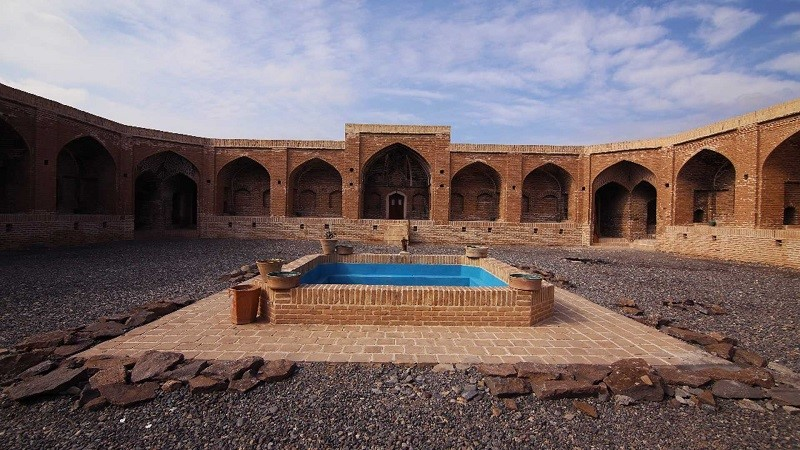
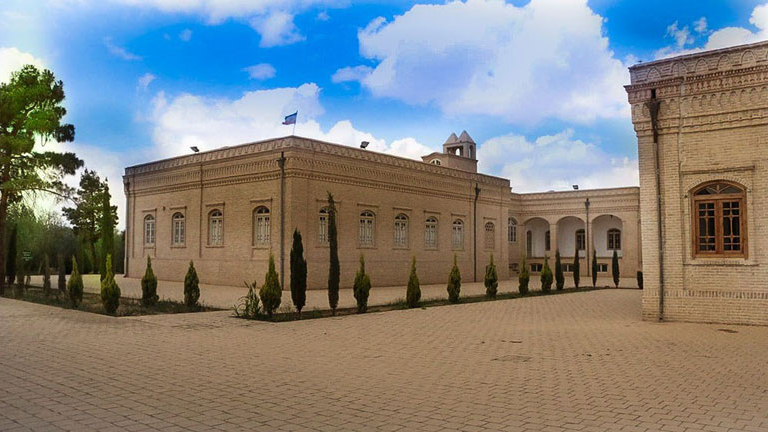
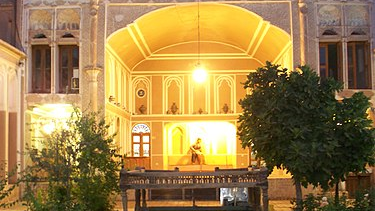
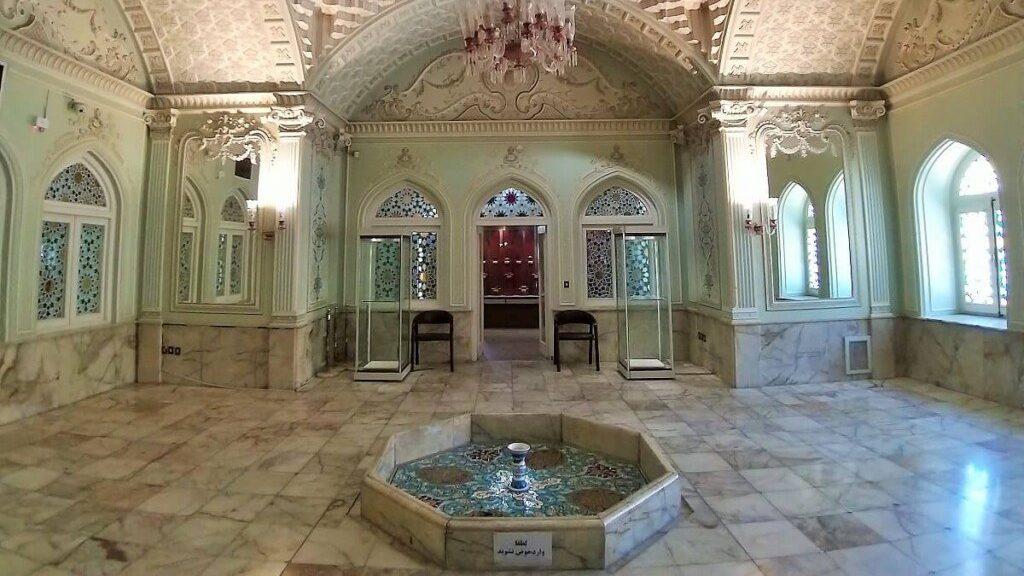
 ابرکوه_crop_3.jpg)
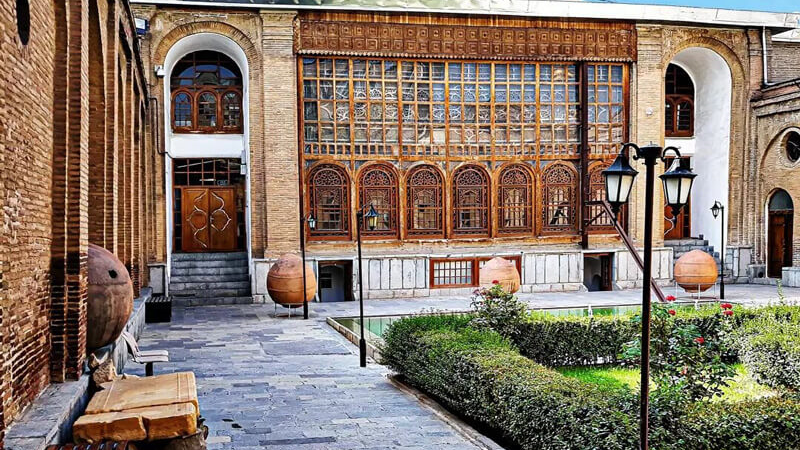
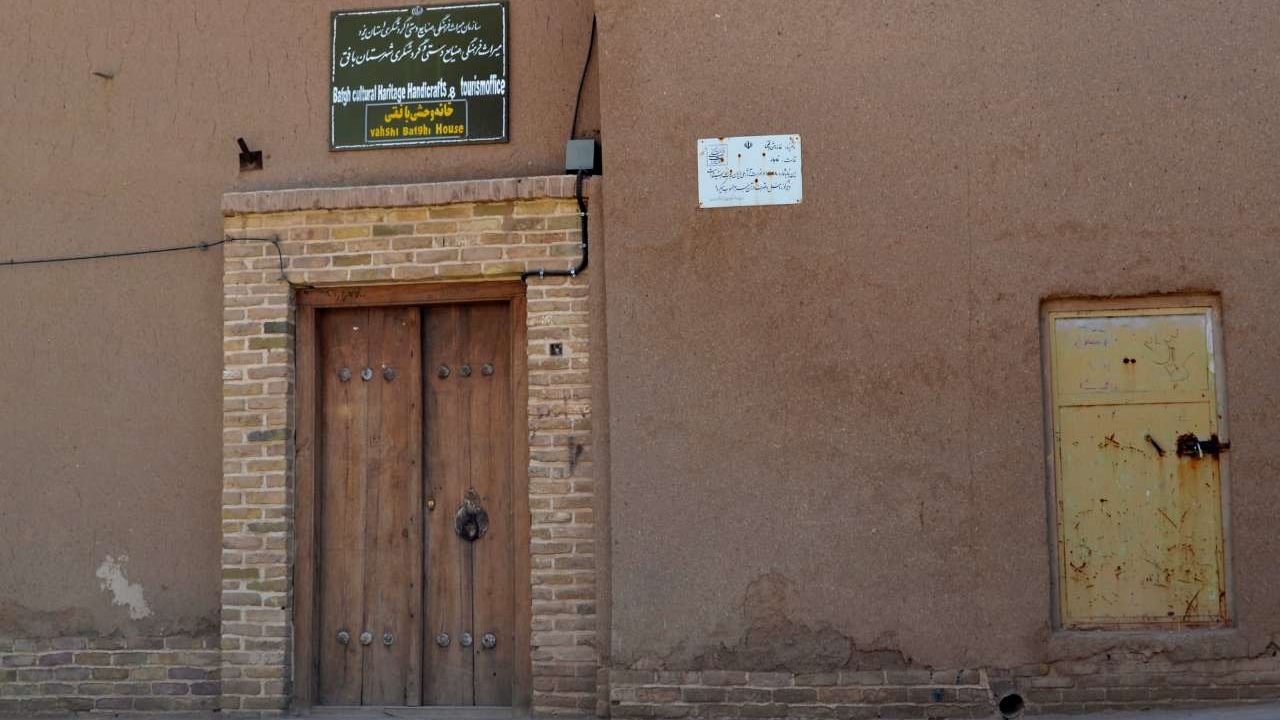
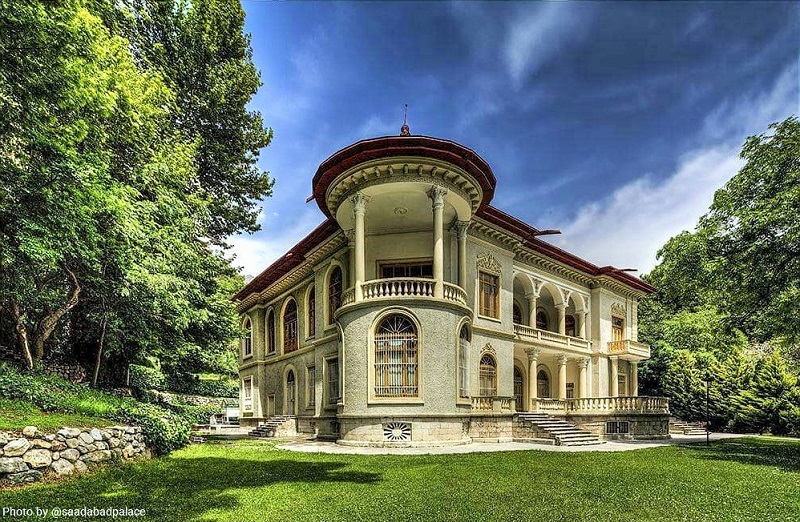
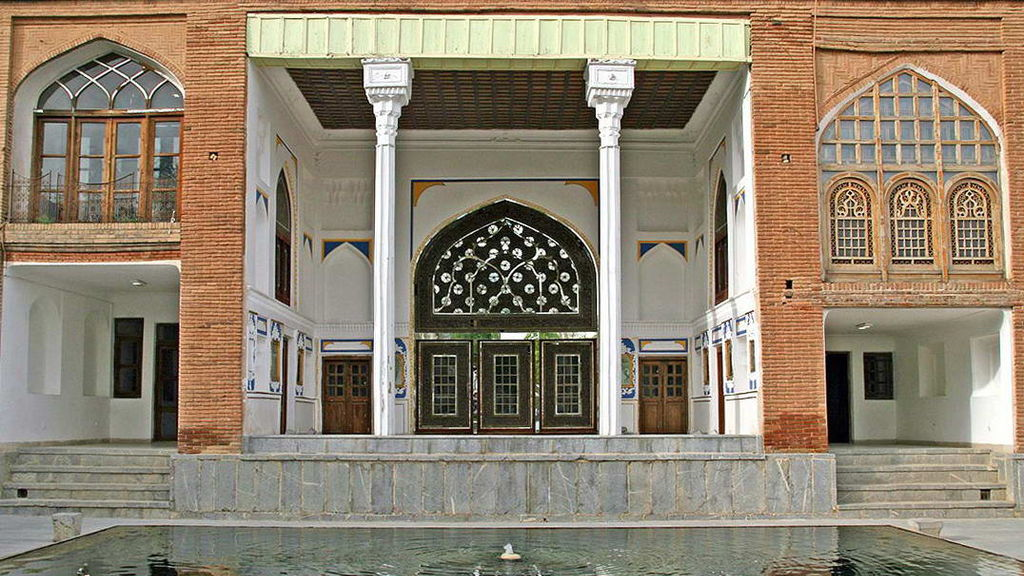
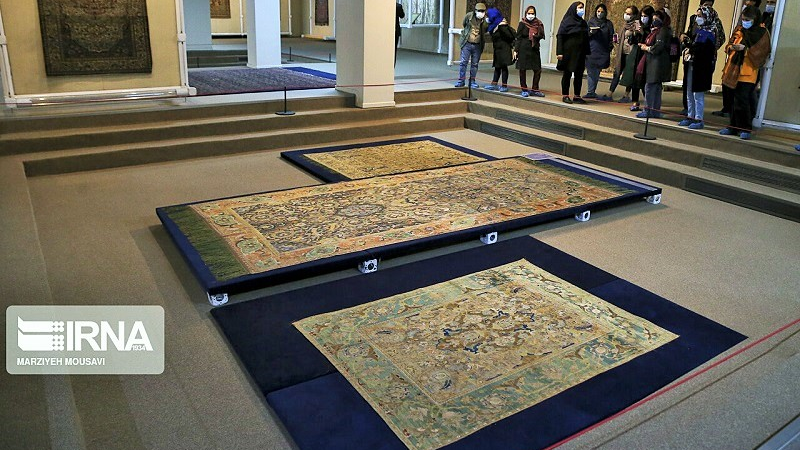
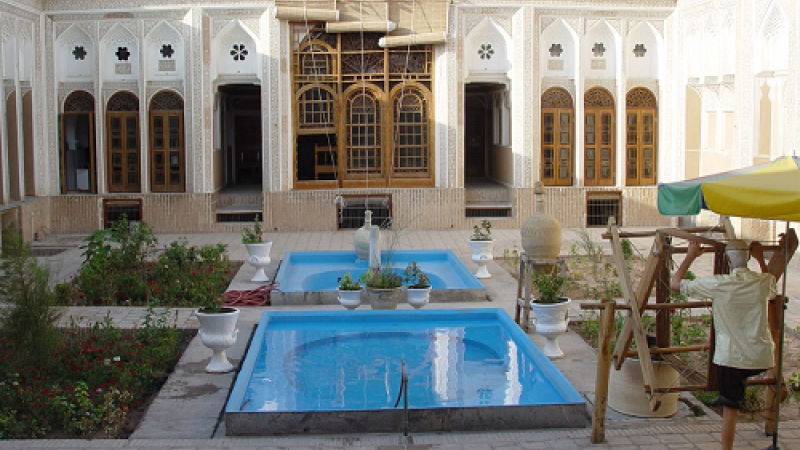
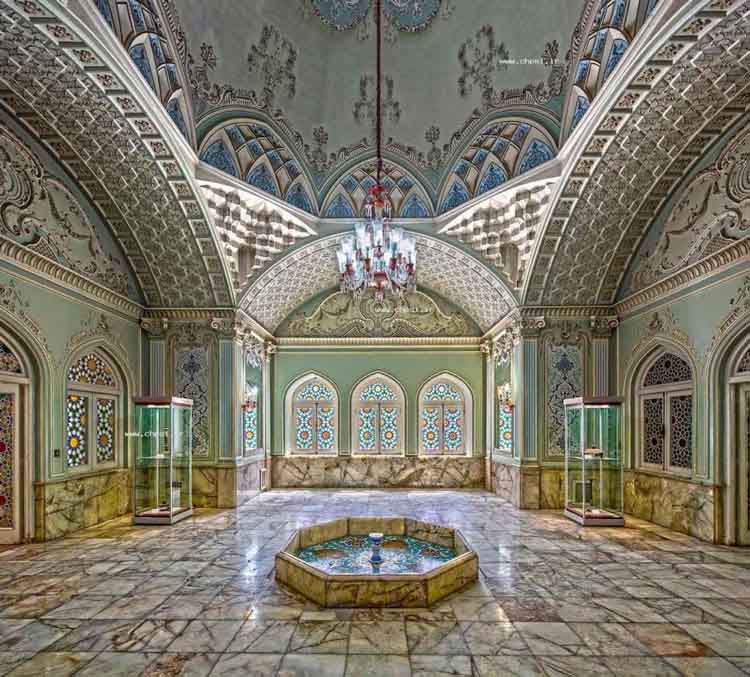



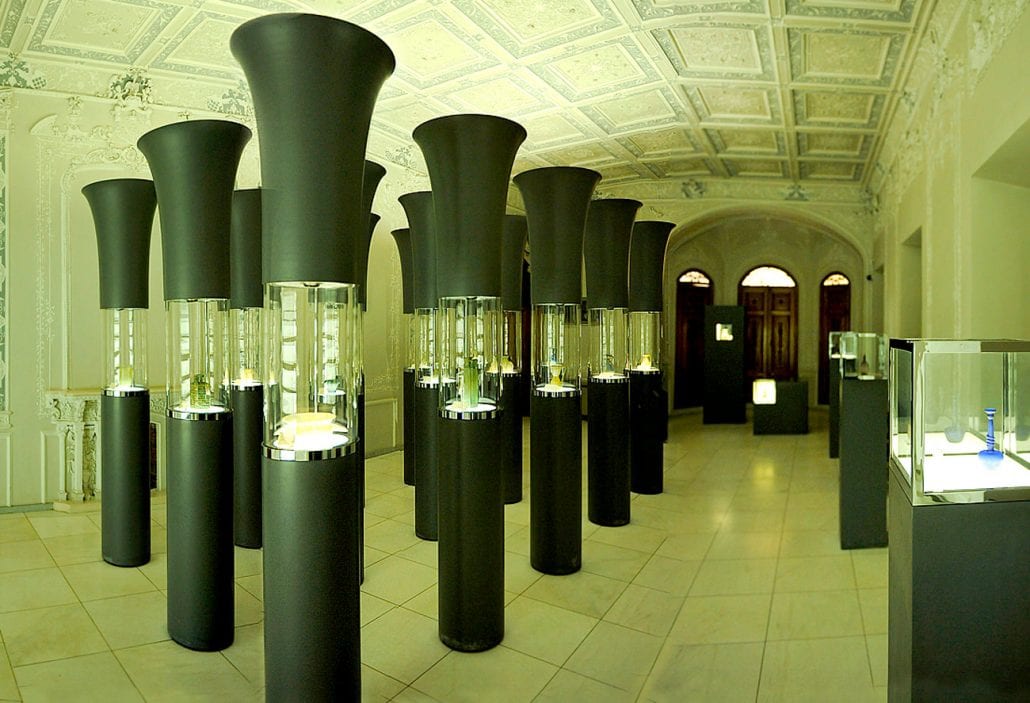




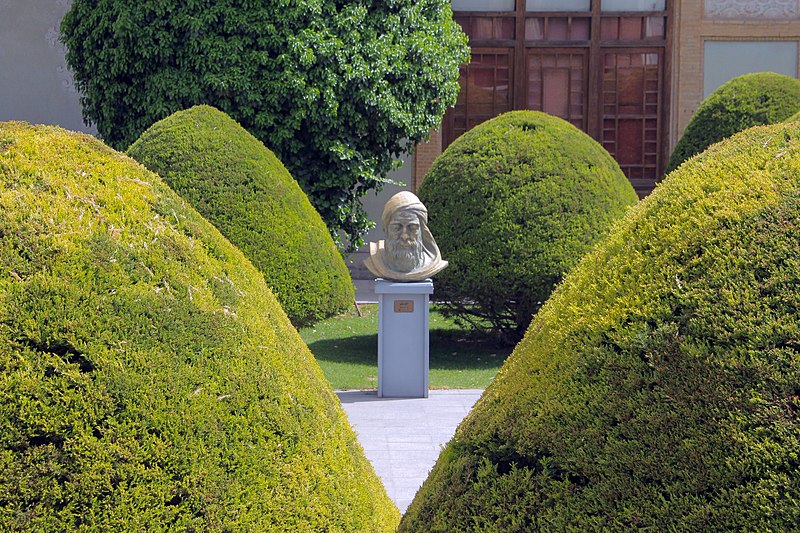

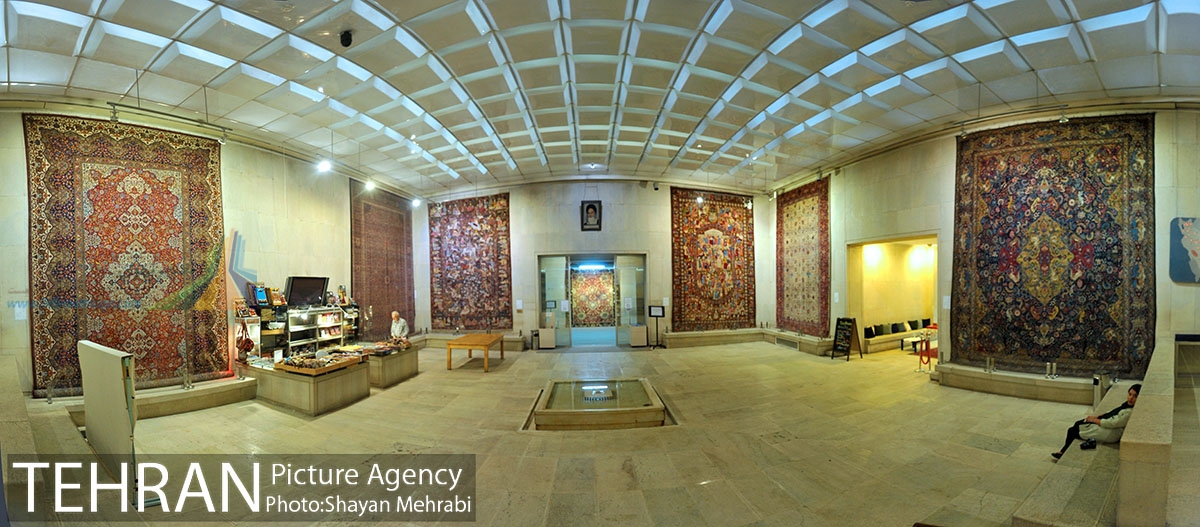
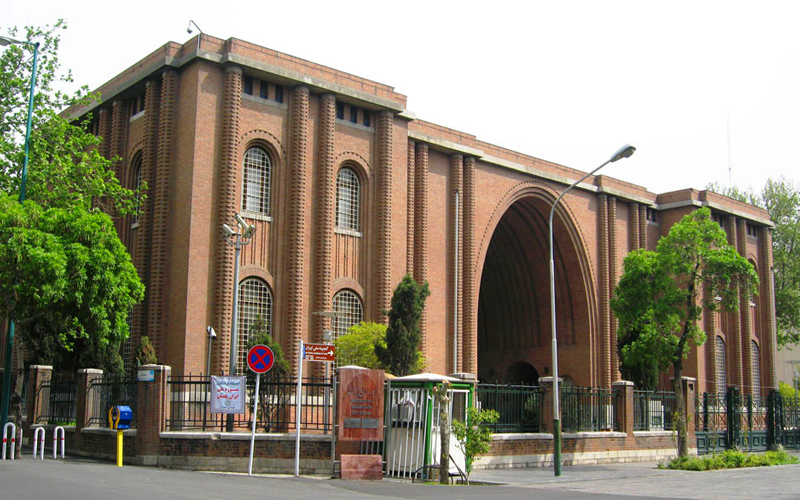
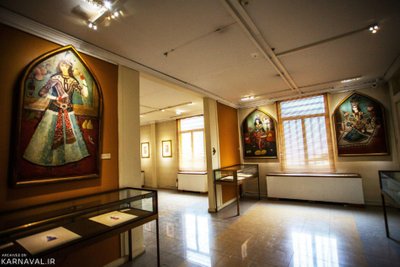
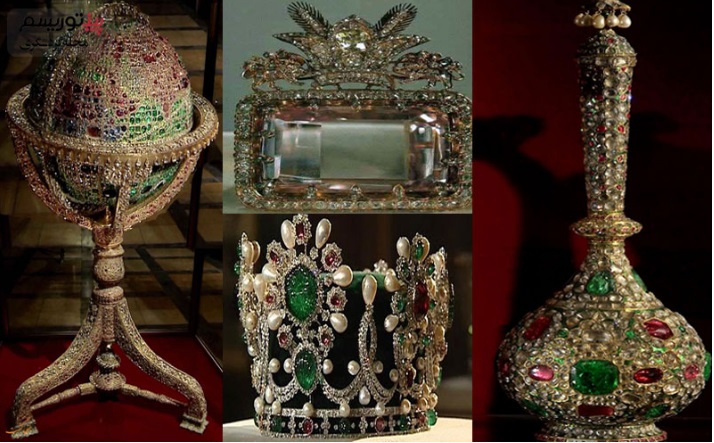
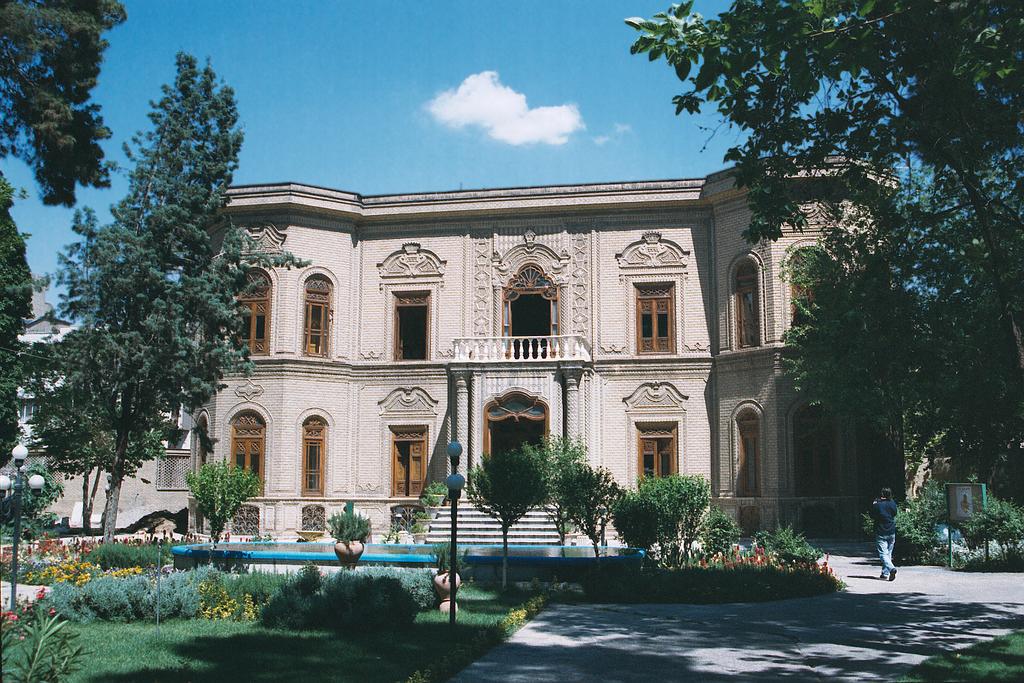
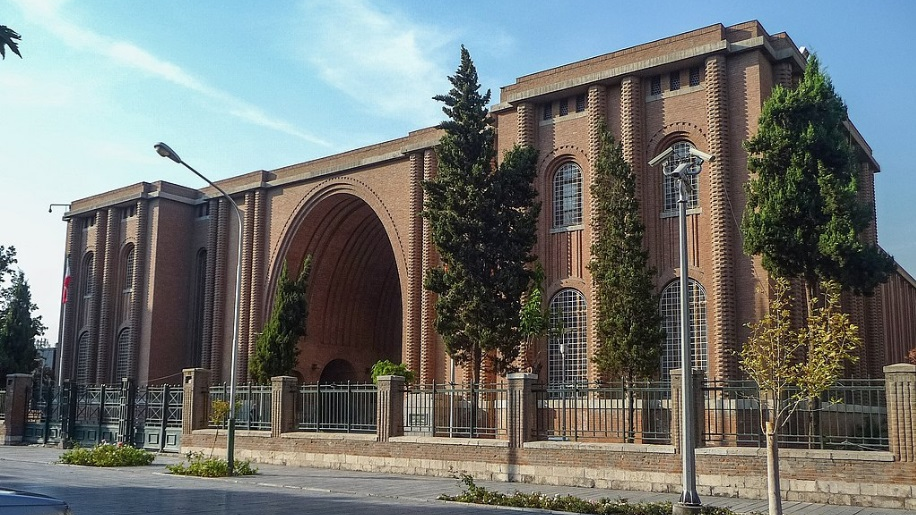








.jpeg)






